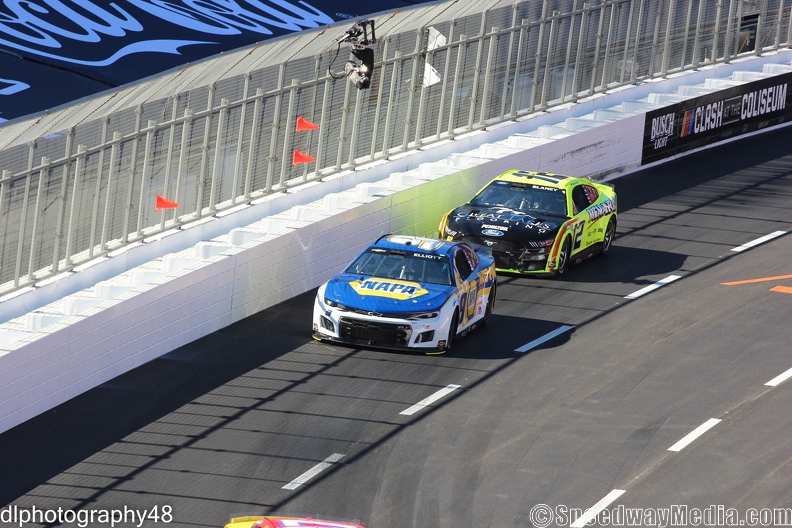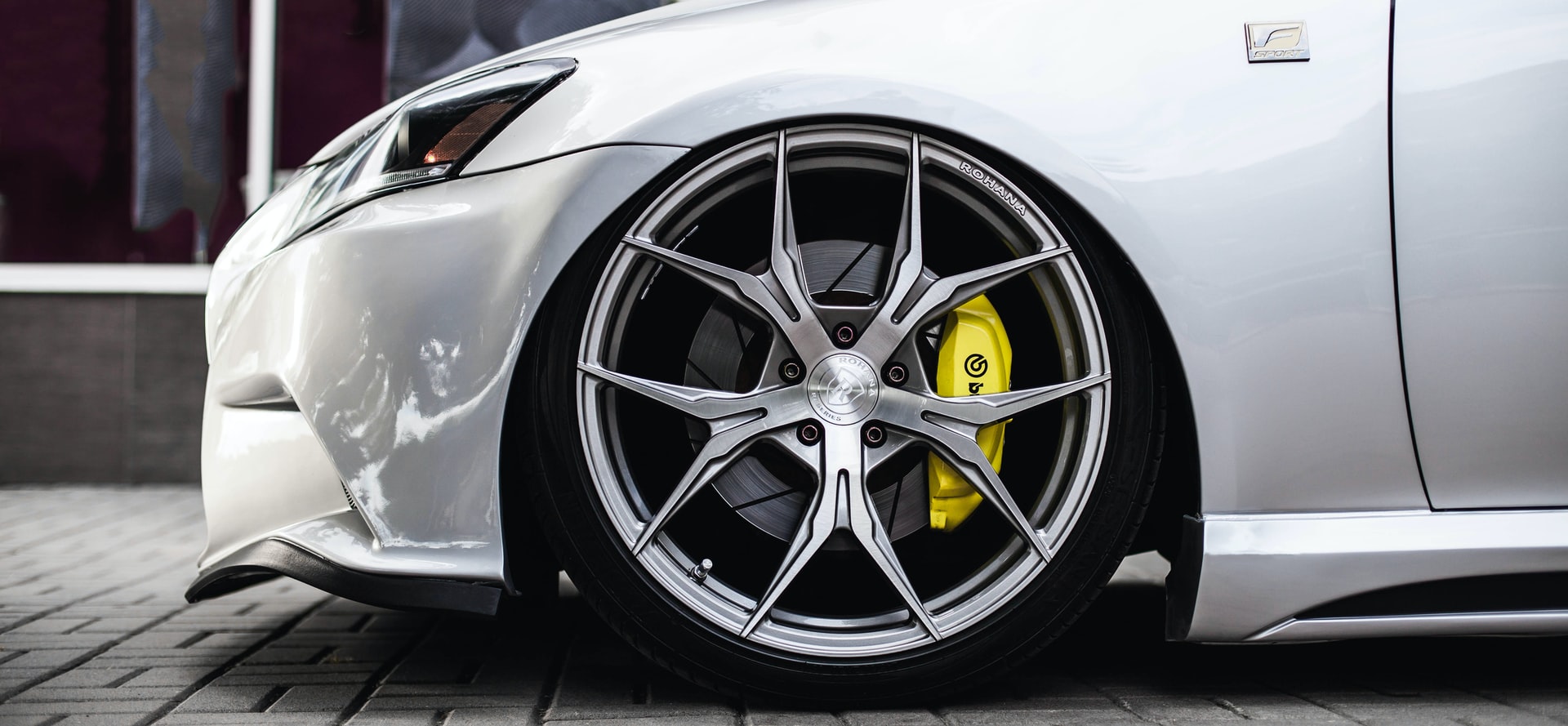When you are in the market for a new motorboat or just looking to replace the motor of your current boat, you need to know what kind of options are out there. There is two-stroke to four-stroke engines, there is direct fuel injection or electronic fuel injection, and it can be complicated to know which is the best for you.
It can depend on if you are looking for an engine that can power your speedboat like the Volvo Penta 3.0 or if you are looking for something more substantial. There are a few considerations that you should take, and this article will give you some idea about what engine you should be thinking about. Don’t forget how you are going to transport your new boat. You might need to get a new larger truck that this capable of hauling your new boat or even consider a boat transport company to do it for you.
Four-stroke or two-stroke
Many people believe that four-stroke engines are superior to two-stroke engines. However, as with most things, this is not always the case, and it is not as straightforward as you would think. Four-stroke engines burn straight gasoline within cylinders and flush oil through a different system, similar to a car engine. Two-stroke engines burn a blend of oil and gas offering a little bit more power than four-stroke engines. However, they do tend to be noisier and lose more fuel.
Fuel injection
There are two different types of fuel injection that your marine engines can utilize. They are Direct Fuel Injection (DFI) or Electronic Fuel Injection (EFI) like the ones seen in NASCAR driving. Each of them has its own benefits and disadvantages.
DFI engines are available with both two and four-stroke engines. According to online opinion, these injection systems use less fuel and have increased engine power with low emissions. They also don’t require fuel priming and are quick to start. The two-stroke engines work by pushing the fuel into the cylinder while the piston covers the exhaust valve. This prevents the loss of fuel that older models experienced
EFI systems inject a fuel mixture into each cylinder’s incoming air before they reach the intake valve. The spray of fuel cools the intake valve which increases vaporization before it reaches the combustion chamber. It is here that the spark plug then ignites the fuel and air mixture. Low-emission EFI engines don’t require fuel priming. They are also quick to start and use less fuel without compromising on performance.
Horsepower
When you are looking at a new boar or getting a motor, you need to know how much horsepower is available to you. You can figure this out by thinking about manufacturer limitations, boat horsepower-to-weight ratio, and the desired fuel efficiency. Equally, you need to think about how you will use the boat and the number of passengers that you will typically carry.
You also need to think about the weight of the boat. Unsurprisingly, the bigger the boat, the more horsepower you will need. It is recommended that for each unit of horsepower, the engine can carry around 25 to 45 pounds of weight. If you have a lot of passengers, then you will need to think about this added weight as well.
Marine engines
These are complicated machines when you don’t know what is going on. Don’t be afraid to ask for help from salespeople as they can guide you into the right purchase. You can look at lots of options and figure out which is the right one for you.








